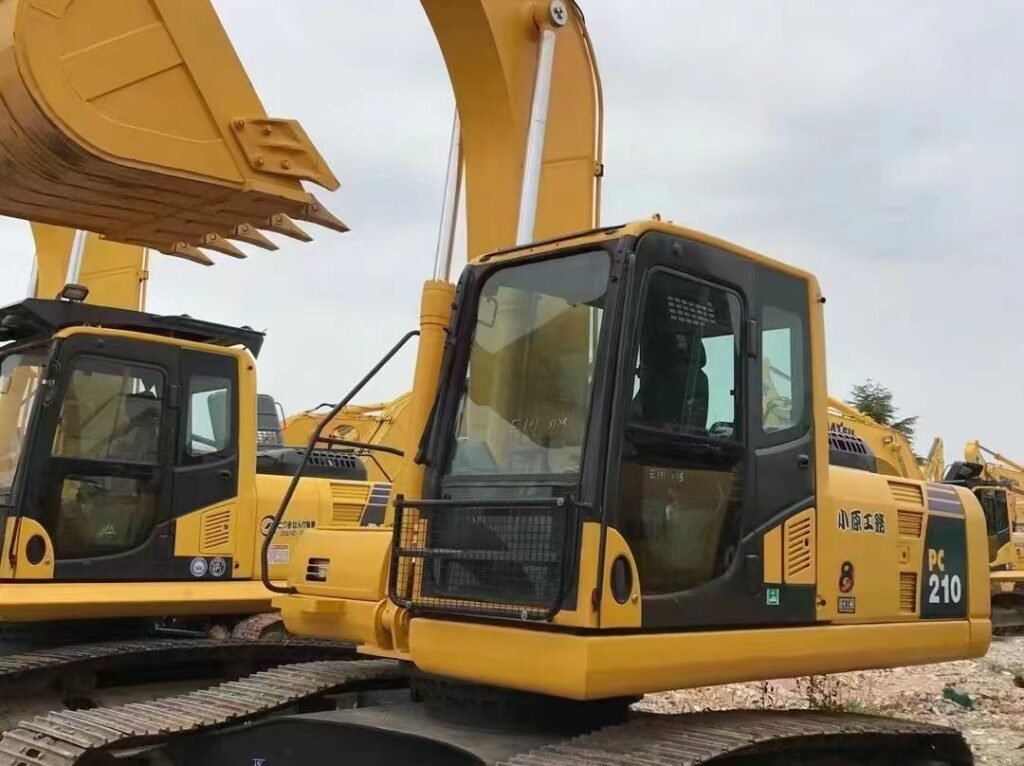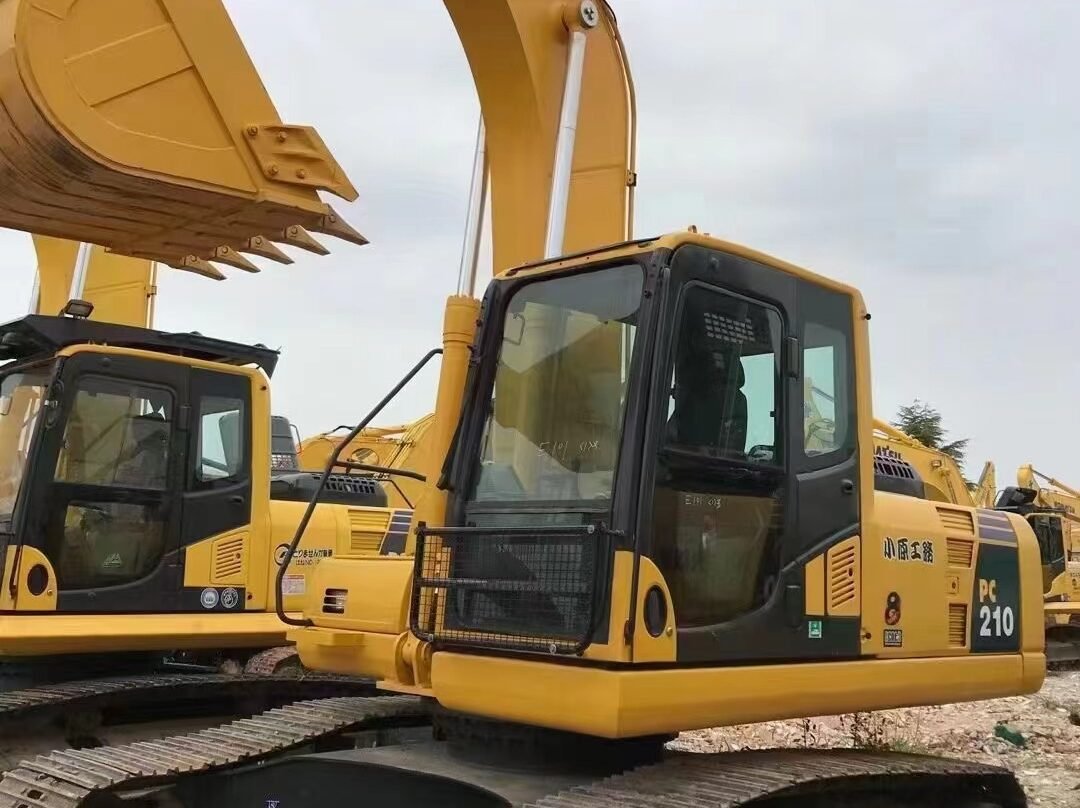I. Introduction
A. Risks of Excavators During Transportation and Storage
Excavators, as heavy machinery, face various risks during transportation and storage. These risks include physical damage (such as collisions or falls), theft (especially in open or unsecured storage areas), and natural disasters (like floods, fires, or storms). Understanding these risks helps businesses take appropriate preventive measures.
B. The Importance of Insurance
Insuring excavators is an effective way to minimize potential financial losses. With proper insurance arrangements, businesses can receive economic compensation in the event of accidental loss or damage, thereby reducing the impact on their operations. Insurance is not only a means of protecting assets but also a crucial safeguard for ensuring financial security and continuous operations.
II. Understanding the Basics of Excavator Insurance
A. Types of Insurance
The insurance options suitable for excavators primarily include:
- Transportation Insurance: Covers loss or damage that may occur during transportation.
- Storage Insurance: Protects against risks faced during storage, such as theft or natural disasters.
- Comprehensive Insurance: Combines transportation and storage insurance, providing more comprehensive coverage.
B. Interpretation of Insurance Terms
Understanding key concepts in insurance terms is vital:
- Deductible: The amount the insured must pay before the insurance kicks in during a claim.
- Coverage Amount: The maximum amount the insurance company will compensate in the event of a loss.
- Coverage Scope: The types of risks and situations covered by the insurance. Understanding these terms helps businesses choose the appropriate insurance plan.

III. Risk Assessment
A. Risk Identification
Identifying specific risks that excavators face during transportation and storage is the first step. Common risks include:
- Physical Damage: Such as damage from impacts or drops during transportation.
- Theft: Equipment being stolen during storage or transportation.
- Natural Disasters: Losses caused by floods, fires, storms, etc.
B. Risk Evaluation
Assessing various risks to determine their likelihood and potential impact is essential. For instance, evaluating whether the transportation route is safe for the equipment or if the storage facility has adequate security measures. Through comprehensive risk assessment, businesses can decide on the necessary insurance coverage to ensure sufficient protection.
IV. Choosing the Right Insurance Plan
A. Comparing Products from Different Insurance Companies
Researching and comparing the insurance plans offered by different companies is key to making a selection. Factors to consider include:
- Price: The cost of premiums.
- Coverage Scope: The types and extent of risks covered by different plans.
- Customer Reviews: Feedback and claims experiences from other clients.
B. Customizing the Insurance Plan
Based on specific business needs and risk assessment results, businesses can customize their insurance plans. This may involve selecting appropriate coverage amounts, deductibles, and specific coverage clauses to ensure adequate protection for their equipment.
V. Insurance Process
A. Collecting Necessary Documents
Before applying for insurance, businesses need to prepare a series of necessary documents, including:
- Equipment List: A detailed list of all excavators to be insured and their specifications.
- Transportation Plan: A description of the transportation route and method.
- Storage Agreement: Information on safety measures and management regulations at the storage location.
B. Filling Out the Insurance Application
Filling out the insurance application requires accuracy and detail. The application should include information about the equipment, estimated value, coverage scope, and other relevant details to allow the insurance company to assess risks and provide a quote.
C. Communicating with the Insurance Company
Effective communication with the insurance company is crucial to ensure a clear understanding of insurance terms, coverage, and claims processes. Addressing any questions promptly can help avoid future disputes.

VI. Claims Process
A. Preparing the Claims Application
In the event of loss or damage to the excavator, businesses must prepare the necessary materials for the claims application, including:
- Proof of Loss: Photos, damage reports, and police reports (if applicable).
- Proof of Purchase: Invoices or purchase records for the equipment.
- Repair Estimates: If repairs are needed, providing relevant cost estimates.
B. Submitting the Claims Application
The claims application should be submitted according to the insurance company’s requirements, ensuring that all necessary supporting documents are included. A complete and accurate application will help expedite the claims process.
C. Tracking the Claims Progress
After submitting the claims application, businesses should regularly track its progress. Maintaining communication with the insurance company ensures that they stay updated on the claims status and that the process proceeds smoothly.
VII. Conclusion
A. The Importance of Insurance for Excavator Transportation and Storage
Insuring excavators is crucial for reducing risks during transportation and storage. Through reasonable insurance arrangements, businesses can effectively mitigate the financial pressure from accidental losses, ensuring the continuity of operations.
B. Practical Recommendations
When going through the insurance process, businesses should pay attention to the following:
- Carefully Read Insurance Terms: Ensure understanding of all clauses and conditions.
- Maintain Good Records: Keep detailed records of equipment, transportation, and storage processes for future claims.
- Regularly Assess Insurance Needs: Periodically evaluate and update insurance plans based on changes in business conditions and market factors to ensure ongoing protection.



